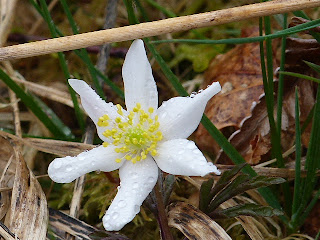I seem to have neglected my blog in recent days not through lack of interest but because of a very busy life out and about the island, and working in garden and workshop. The stories of some of these activities will surface here, but first I must allocate time to write them!
One of the activities keeping me away from the computer was the day in beautiful sunny weather we joined up with members of the island’s historical society to visit the site of a ruined church and its graveyard that two of the members are in the process of documenting. The day was not just a visit to a heap of old stones down on the Ross of Mull! First we met for a picnic lunch at the Ross of Mull Heritage Centre. This is based at the old water mill and its miller’s cottage in Bunessan. The heritage centre gives a fascinating insight into life on the Ross of Mull in Victorian times though on this occasion not enough time to look at all the exhibits, so a mental note to visit again. So off to the ruins we went in a convoy of vehicles along a road that turned into a track and progressively was more potholes than track as we wended our way along the shore of Loch Assapol to the site of the old township of Kilvickeon. The ancients certainly knew where to live in that splendid scenery and bury their dead. When you have to go I cannot think of a nicer place overlooking a beautiful loch. The church is now no more that an open topped ruin, it was built in the 13th century and dedicated to the son of Eoghan, a nephew of St.Columba of nearby Iona. It was last used as a church in 1804; however, the graveyard has quite recent graves. These are marked with a variety of headstones, ranging from granite, marble and surprisingly cast iron. The cast iron I thought unusual so I took some notes of the markings to see what I could find out. They were cast at the Etna Foundry in Glasgow some time between 1850 and 1880. Though the casters name and number were on the back of the marker, strangely it seemed the graves occupant was not mentioned. Research told me that it would have been painted on and obviously had weathered off. The ruin has a small carving, quite rare, called a sheela na gig. These are quasi-erotic carvings usually of a grotesque old woman and are thought to be of pagan origin so strange to find it in a church wall. The day ended with a meeting back in Bunessan Bakehouse to enjoy homemade scones and jam. A perfect end to the day!














